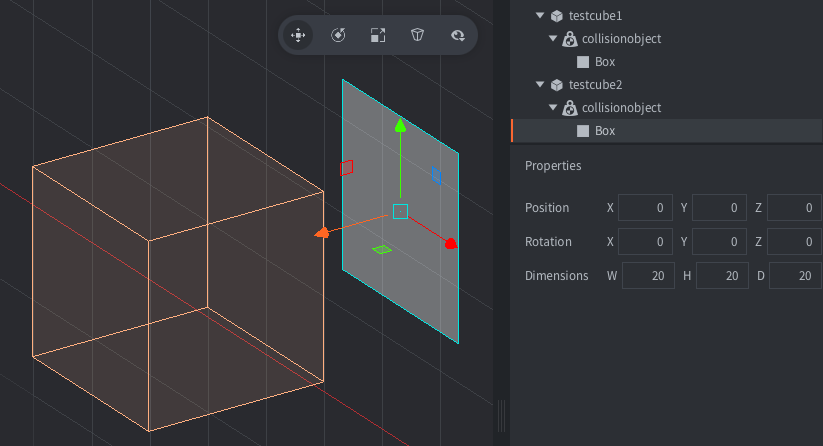Hello all,
my model is now done apart from proper lights. I use camera projection, the camera is attached to the player go, it can be rotated and also be operated with the mouse wheel and the arrow keys. But I am not able to get the player to click on objects and interact with them.
For days now, I have looked at every thread I could find here, look at every example mentioned but cannot get my head around it and I am now ready to abandon the project.
As a last resort, I now need to ask for your help: maybe someone has a small sample project somewhere or a code snipped that could help me out? This would be so wonderful!

 - don’t know yet what to do with them. This could be a solution for me, I will try out right now - thank you!
- don’t know yet what to do with them. This could be a solution for me, I will try out right now - thank you!
 - it is indeed quite complicated and my debug print statements for now not what I wish them to be.
- it is indeed quite complicated and my debug print statements for now not what I wish them to be.
 Thank you so much.
Thank you so much.